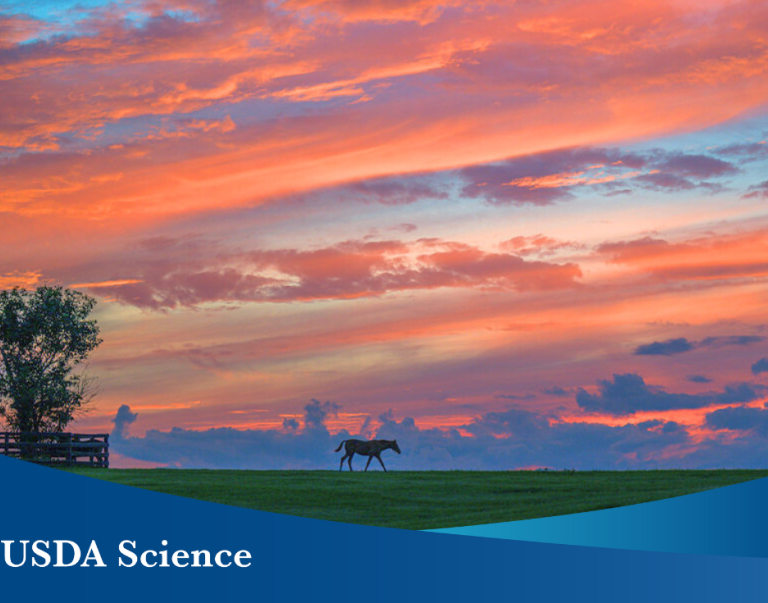
Forested areas that border wetlands help protect wildlife, but until recently their efficacy has been untested for most amphibian species. Now, recently published results of a six-year study explore how the loss or reduction of amphibians could affect the ecosystem.
At the University of New Hampshire, Dr. Kimberly Babbitt and a team of graduate students conducted landscape-scale experiments that tested the impacts of forest buffer width vernal pools on population size and structure, body size and condition and population genetics of two amphibian species in the northeastern United States. A grant from USDA’s National Institute of Food and Agriculture (NIFA) supported the project.
The investigation examined the response of spotted salamanders and wood frogs in three environments: wetlands surrounded by either intact forest, a 30-meter forest buffer surrounded by a 100-meter clearcut, and a 100-meter forest buffer surrounded by a 100-meter clearcut. The study indicates that areas with smaller buffers had negative impact on size and condition of salamanders and frogs. Analysis of genetic relatedness indicated that, despite logging, populations across the broader landscape are well-connected.
Babbitt and doctoral student Danial Hocking also examined the role of amphibians in forest floor ecosystem function and conducted a review of amphibian contribution to ecosystem services.
“We found that amphibians contribute in a variety of ways to human societies,” Babbitt said. “We are examining the roles in different forest types to understand under what context salamanders can influence ecosystem functions, such as decomposition, nutrient cycling, and plant growth.”
Some of the beneficial effects of amphibians on the ecosystem are known, such as the ability of tadpoles reduce eutrophication (greening) by consuming excess algae. In many ecosystems means that amphibians have important roles both as food sources and as predators – amphibians feed heavily on mosquitoes, making them an important line of defense against mosquito-borne diseases, including the West Nile virus. Babbitt noted many that amphibians have a lot more to offer – if we can ensure their survival.
“Although yet to result in approved pharmaceuticals, amphibian skin secretions have shown the ability to inhibit HIV transmission and provide stronger analgesic effects than opioids,” she said. “Learning from these chemical secretions could lead to breakthroughs in human medicine. However, amphibians are declining across the globe and species are going extinct. It’s important to protect species before potential advances are lost.”
NIFA invests in and advances agricultural research, education and extension and seeks to make transformative discoveries that solve societal challenges. Greater understanding of how forest buffers can protect the amphibians that serve the ecosystem is important knowledge that will help states, communities, and landowners make more informed decisions about land use and management, Babbitt said.
For an interactive look at USDA's work in conservation and forestry over the course of this Administration, visit http://medium.com/usda-results.


